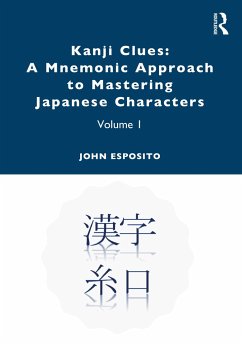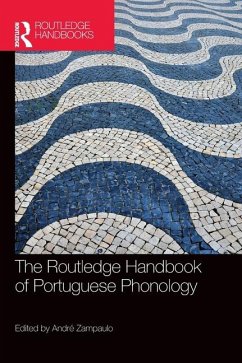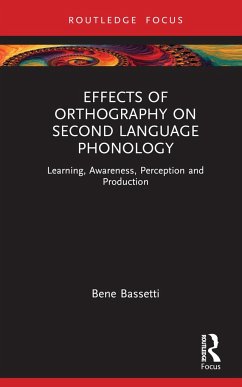
Persian Orthography
Modification or Changeover? (1850-2000)
Versandkostenfrei!
Versandfertig in 6-10 Tagen
60,99 €
inkl. MwSt.

PAYBACK Punkte
30 °P sammeln!
The present work provides a description of the standardization process of Persian orthography since the introduction of the Arabic alphabet, with a focus on this process in modern times (1850-2000). Using theories related to orthography standardization as its background, this work seeks an explanation for the prolonged standardization process of Persian orthography, and presents the frameworks within which this standardization has been carried out. The case of Persian orthography can contribute to the understanding of the complex mechanism involved in script reforms, especially when an already...
The present work provides a description of the
standardization process of Persian orthography since
the introduction of the Arabic alphabet, with a
focus on this process in modern times (1850-2000).
Using theories related to orthography
standardization as its background, this work seeks
an explanation for the prolonged standardization
process of Persian orthography, and presents the
frameworks within which this standardization has
been carried out. The case of Persian orthography
can contribute to the understanding of the complex
mechanism involved in script reforms, especially
when an already established script with a long
tradition of written language is the target. It will
shed some light on the role of non-linguistic
factors in script reforms, and will be especially
useful to scholars dealing with script modernization
in developing countries, or anyone else who may be
interested in script reforms.
standardization process of Persian orthography since
the introduction of the Arabic alphabet, with a
focus on this process in modern times (1850-2000).
Using theories related to orthography
standardization as its background, this work seeks
an explanation for the prolonged standardization
process of Persian orthography, and presents the
frameworks within which this standardization has
been carried out. The case of Persian orthography
can contribute to the understanding of the complex
mechanism involved in script reforms, especially
when an already established script with a long
tradition of written language is the target. It will
shed some light on the role of non-linguistic
factors in script reforms, and will be especially
useful to scholars dealing with script modernization
in developing countries, or anyone else who may be
interested in script reforms.












